Have you ever watched your cat pace anxiously or hide under the bed for hours? It’s heartbreaking. The truth is, cats crave security just as much as we do, and a steady routine can be their anchor in a world that feels unpredictable. Whether you’re a new cat parent or an experienced feline friend, learning how to build a comforting daily rhythm for your cat can mean the difference between a nervous, jumpy kitty and a relaxed, loving companion. Let’s dive into the world of feline routines, where tiny changes can spark big transformations in your cat’s happiness—and yours, too.
Understanding Why Cats Need Routine

Cats are natural creatures of habit. In the wild, they follow predictable patterns for hunting, sleeping, and grooming. When these patterns are disrupted, it can make them feel lost and stressed. Routine provides your cat with a sense of control and predictability in their environment. This is especially true for indoor cats, who rely on you to set the rhythm of their days. Think of routine like a comforting blanket—wrapping your cat in the familiar, helping them feel safe and loved. When life gets hectic or there are big changes at home, sticking to a routine can be the one thing that keeps your cat grounded. It’s about building trust, one day at a time, with every meal, play session, and cuddle.
Setting Consistent Mealtimes
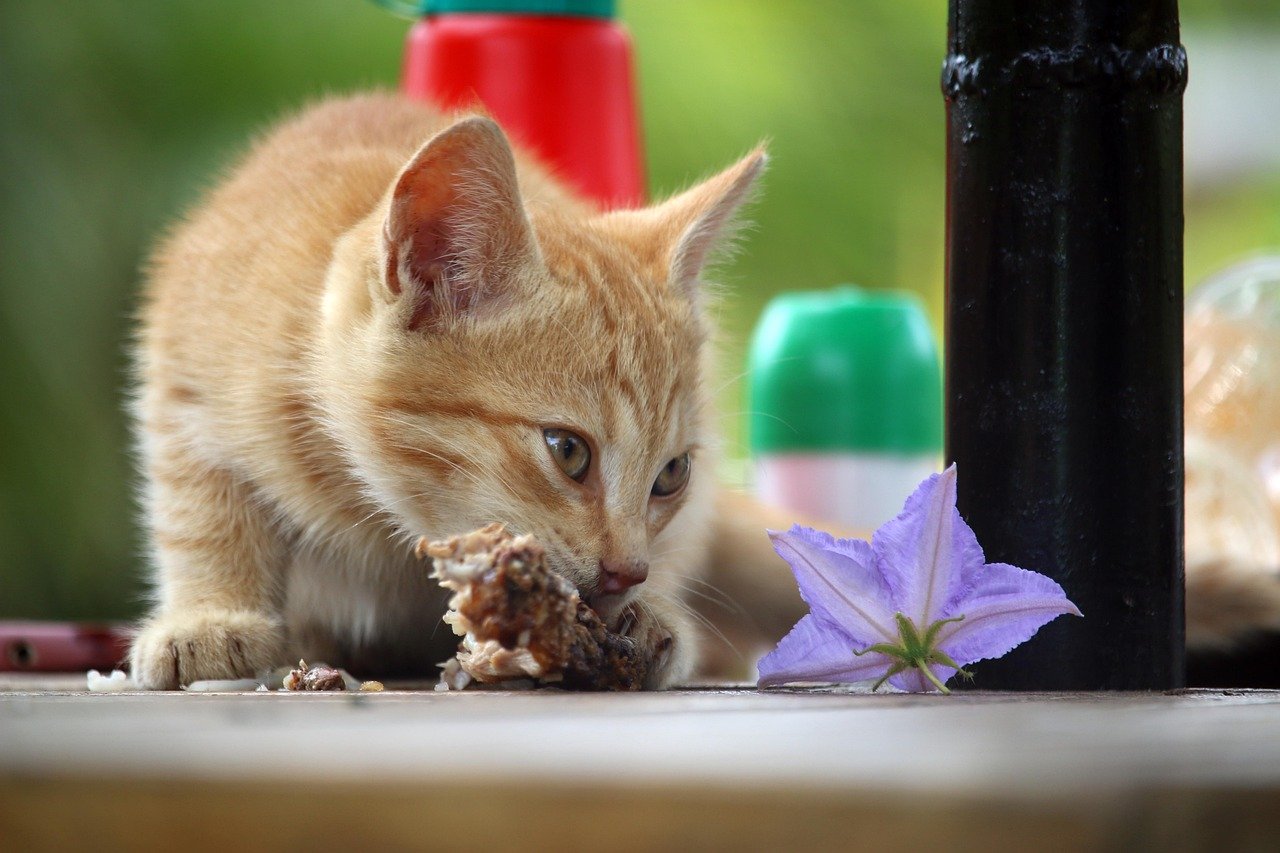
Serving your cat’s meals at the same time every day is one of the simplest ways to create security. Cats quickly learn to expect breakfast and dinner, and this predictability helps reduce anxiety. Even if you free-feed, try to offer main meals on a schedule. If you’re away during the day, automated feeders can be lifesavers, ensuring your cat’s belly and their sense of order are both satisfied. Remember, sudden changes in mealtime can unsettle your cat, so introduce any adjustments slowly. Sharing these moments can also deepen your bond, as your cat comes to trust you as their reliable provider. Over time, you’ll notice less begging and more content purring around mealtimes.
Incorporating Regular Play Sessions
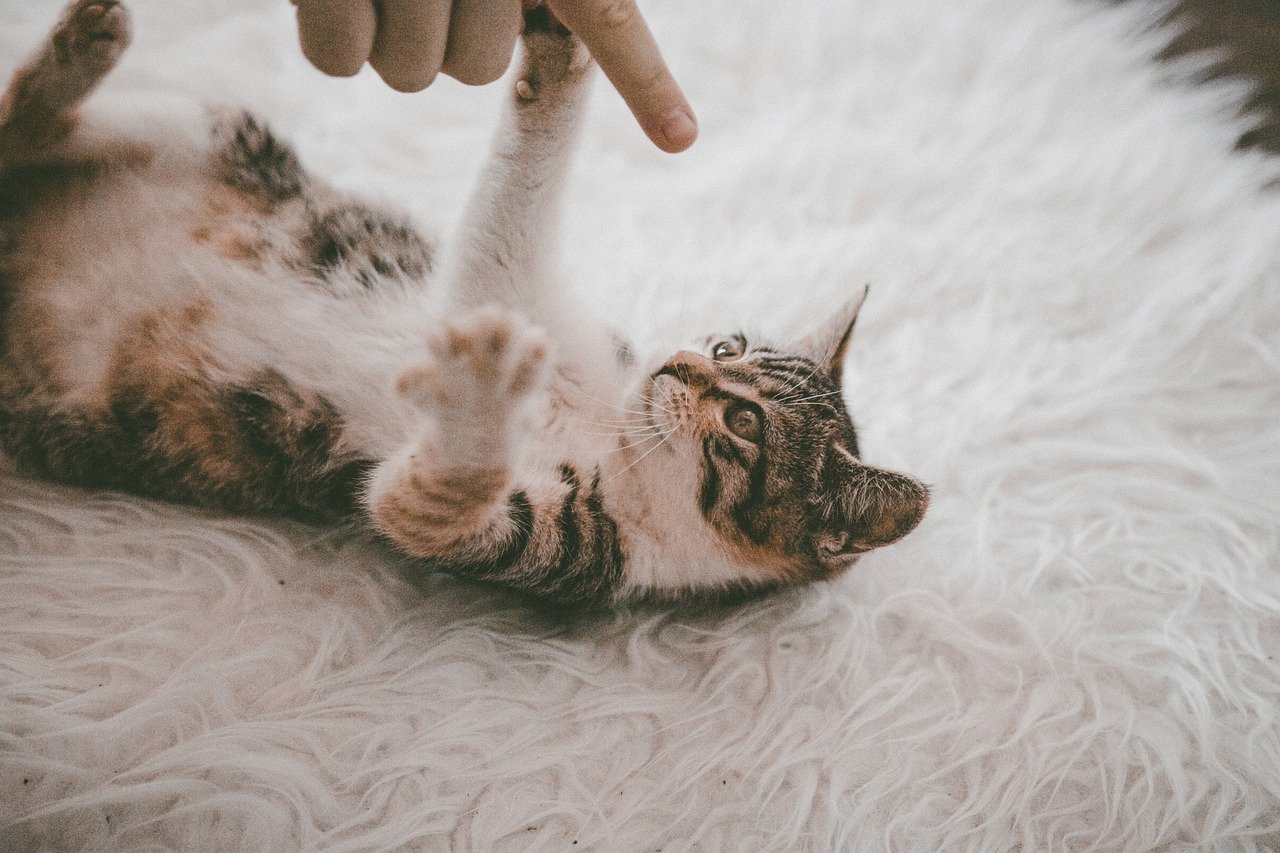
Cats need stimulation, both physical and mental, to feel secure in their home. Scheduling daily play sessions gives your cat something to look forward to and helps burn off nervous energy. Try to play at the same times each day—perhaps before meals or in the evening. Use interactive toys like feather wands, laser pointers, or even a crumpled piece of paper to mimic hunting. These sessions aren’t just fun; they’re vital for your cat’s well-being. They help fight boredom, reduce destructive behavior, and strengthen your relationship. Just like a child waiting for recess, your cat will soon anticipate and cherish this special part of their routine.
Establishing a Daily Grooming Habit
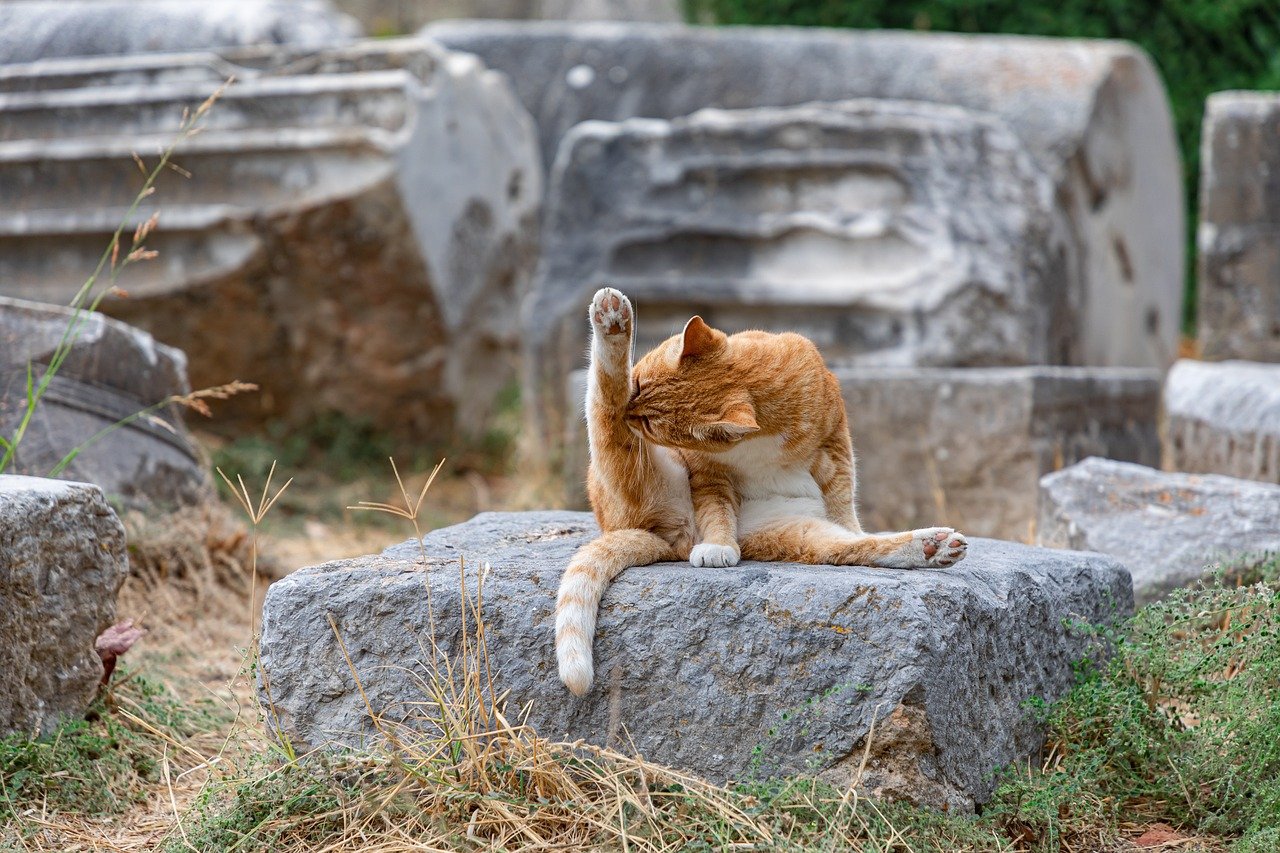
Grooming isn’t just about keeping your cat’s coat shiny—it’s a powerful way to help them feel secure. Many cats love gentle brushing, and it provides a calming, bonding moment between you and your pet. Try to brush your cat at the same time each day, such as after breakfast or before bed. This routine can cut down on shedding and hairballs, and even help you spot health issues early. If your cat is nervous about grooming, start slow and use treats to create positive associations. Over time, this daily ritual will become something your cat looks forward to, signaling that all is well in their world.
Creating Predictable Sleeping Spots
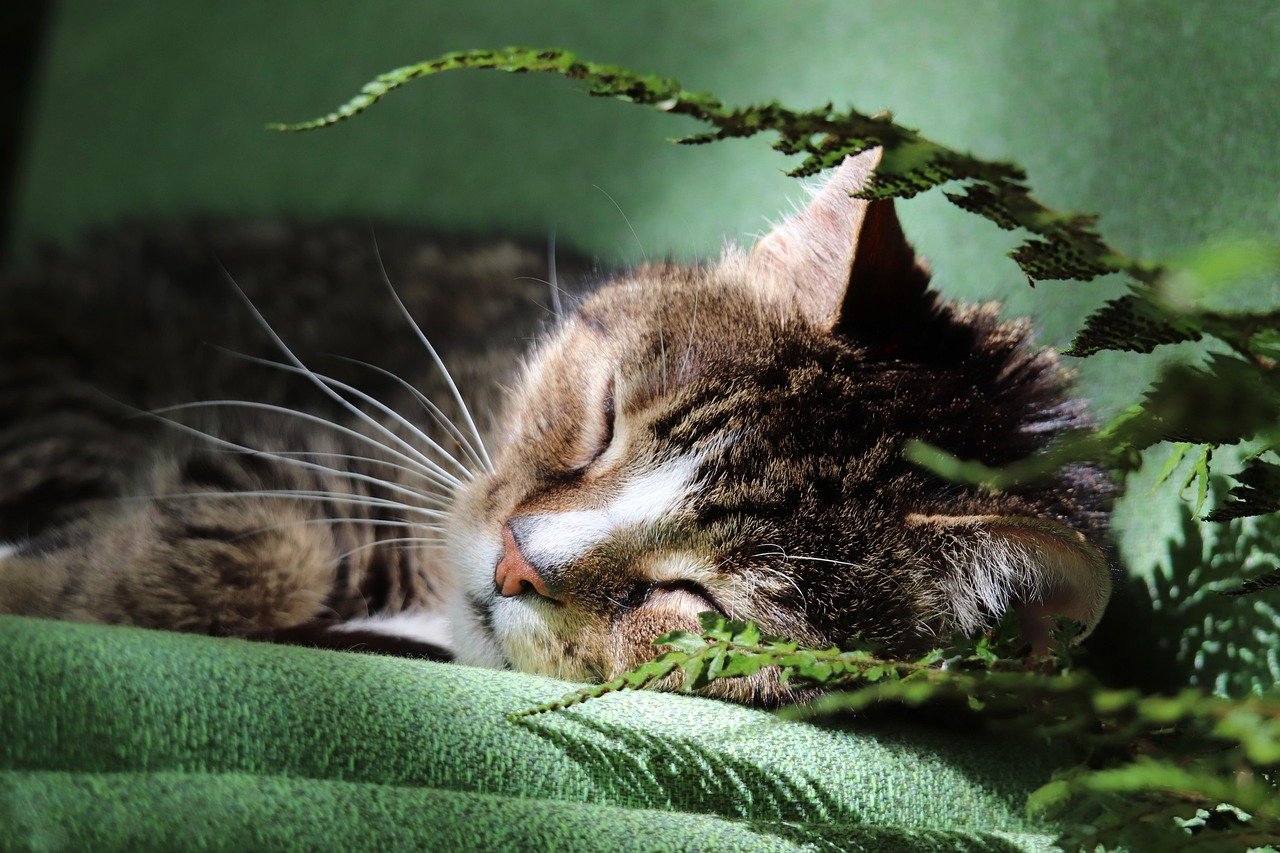
Cats are famous for their love of sleep, but where they sleep is just as important as how much. Providing cozy, consistent sleeping spots gives your cat a sense of ownership and safety. Place beds, blankets, or even cardboard boxes in favorite corners, away from noisy areas. Avoid moving these spots around too often, as this can make your cat feel unsettled. Over time, your cat will claim these retreats as their own private sanctuary. When your cat returns to the same spot day after day, it’s a sign they feel truly secure in your home.
Managing Litter Box Habits
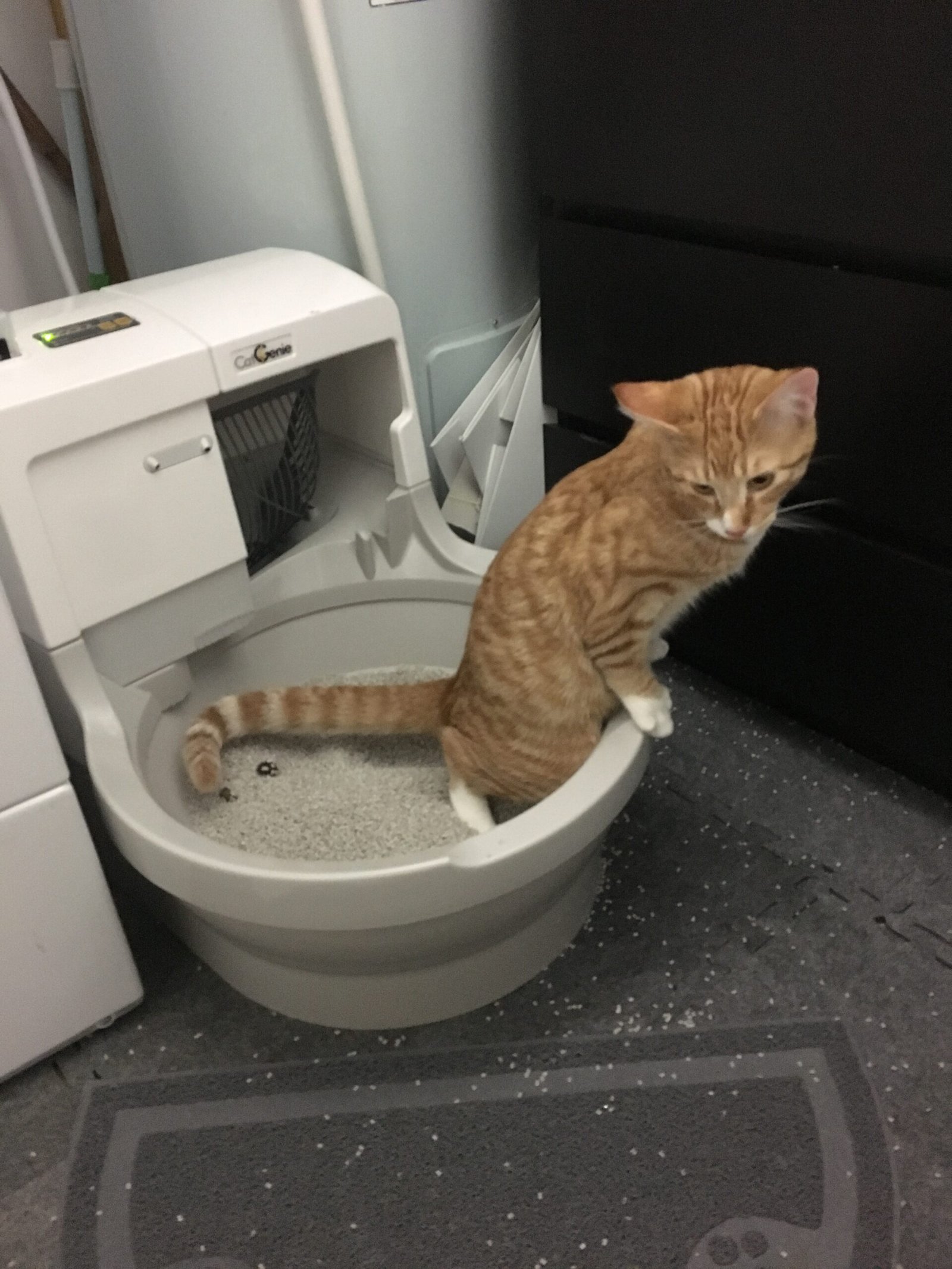
A clean, accessible litter box is crucial for your cat’s sense of security. Scoop daily and change the litter on a regular schedule to prevent unpleasant surprises. Keep the box in a quiet, low-traffic area so your cat can do their business in peace. If you need to move the box, do it gradually, shifting only a few inches each day. Consistency here helps prevent accidents and reduces stress. If your cat suddenly changes their litter box habits, it could be a sign something’s wrong—either with their health or their routine. Paying attention to these patterns can help you catch problems early.
Providing Consistent Attention and Affection

Cats may seem independent, but they thrive on regular interaction with their humans. Make time each day for gentle petting, lap time, or quiet conversation. Some cats prefer to snuggle, while others just want to sit nearby—learn what your cat enjoys and stick to it. Consistent attention reassures your cat that they’re loved and safe. It’s like checking in with an old friend—simple, but deeply meaningful. Even just five minutes of focused affection each day can make a world of difference for your cat’s emotional security.
Maintaining a Stable Environment
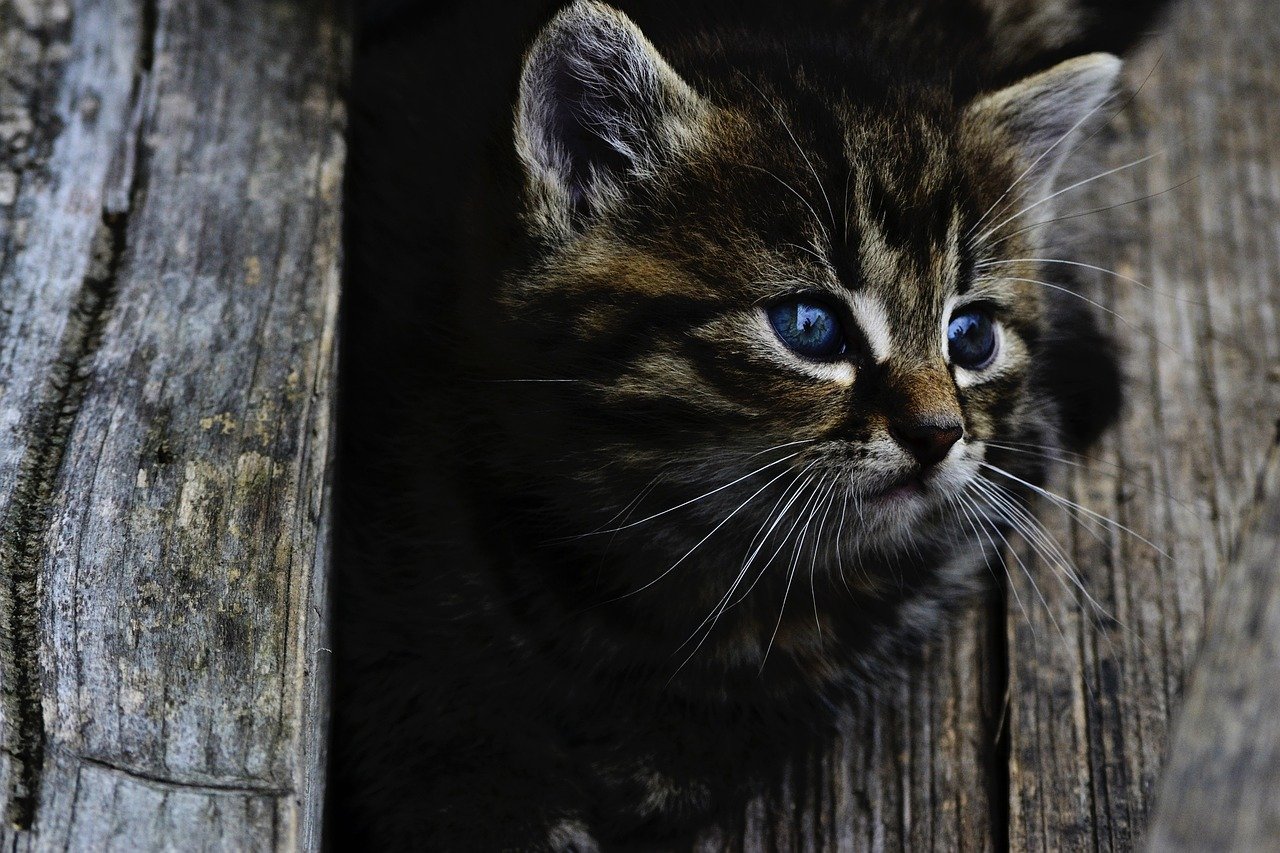
Cats are sensitive to changes in their environment, from new furniture to loud noises. Try to keep their surroundings as stable as possible. If you need to make changes, such as redecorating or moving furniture, do it gradually and allow your cat time to adjust. Avoid sudden disruptions like loud parties or unfamiliar visitors. If change is unavoidable, offer extra comfort with treats, favorite toys, and more attention. Remember, your home is your cat’s entire world, and stability helps them feel like they belong.
Introducing New People and Pets Carefully

Bringing new people or animals into your cat’s life can be unsettling. Take introductions slowly, allowing your cat to approach at their own pace. Create safe spaces where your cat can retreat if they feel overwhelmed. Provide extra reassurance and stick to your usual routine as much as possible. Gradual introductions help prevent stress and build positive associations. Over time, your cat may welcome new friends—or at least learn to tolerate them peacefully. Patience and predictability are key when expanding your cat’s social circle.
Handling Vet Visits and Medical Routines
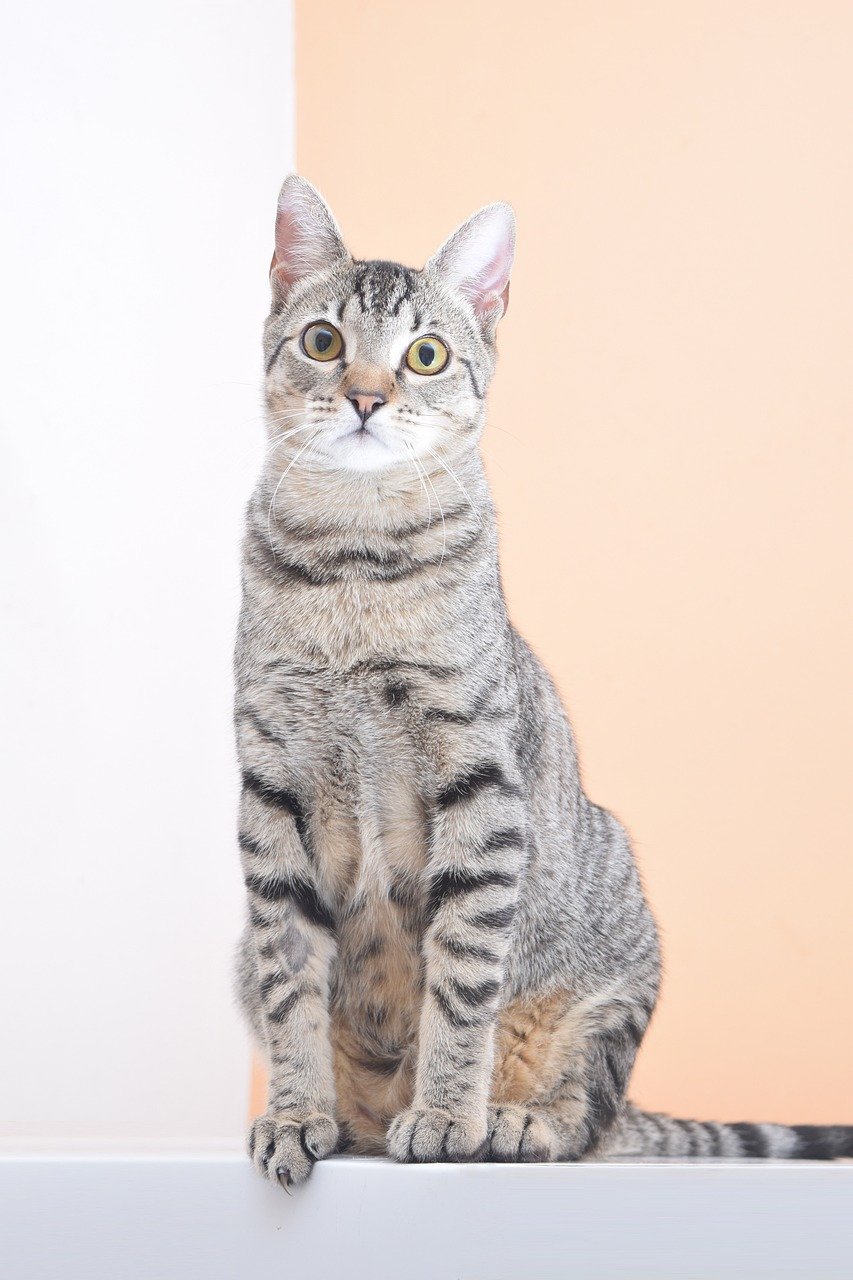
Trips to the vet can be terrifying for cats, but you can ease their anxiety by sticking to predictable routines. Choose the same carrier and use familiar blankets or toys during transport. Schedule appointments at similar times, if possible, and offer treats before and after. Practice gentle handling and short carrier sessions at home to reduce fear. After a vet visit, return to your regular routine quickly to reassure your cat that all is normal. Consistency helps your cat recover from stressful experiences and maintain their sense of security.
Using Feeding Rituals to Build Trust

Feeding rituals are about more than just food—they’re about building trust. Use the same bowls, feed in the same spot, and even use the same words or sounds at mealtime. Some people like to call their cat or shake the bag of food as a signal. These small, repeated actions become comforting cues for your cat, letting them know that everything is as it should be. Over time, your cat will respond to these rituals with happy anticipation, strengthening your bond and their sense of stability.
Encouraging Independent Exploration
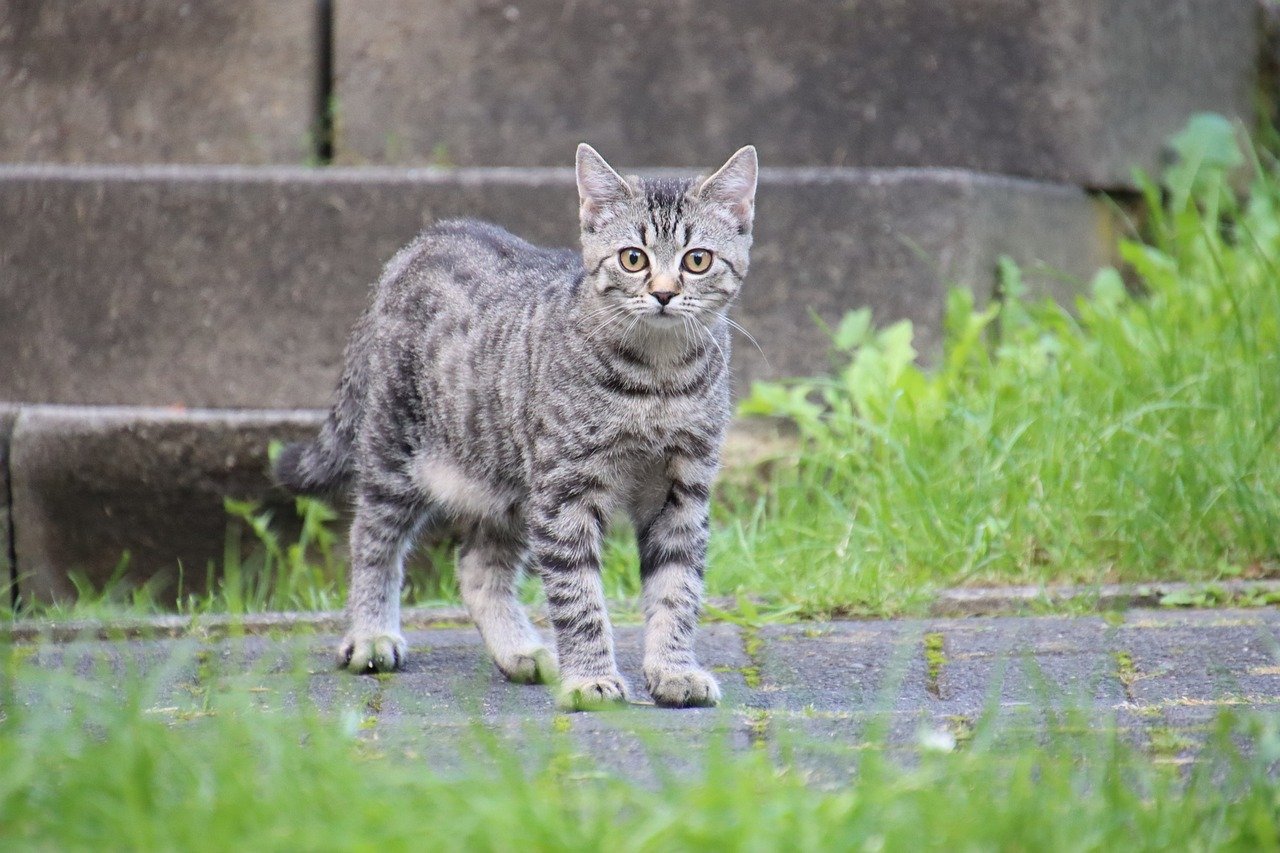
Cats are curious by nature, and giving them safe opportunities to explore helps them feel confident. Set aside time each day for your cat to roam their environment, climb cat trees, or watch birds from a window perch. Don’t force interaction; let your cat take the lead. Safe exploration within a familiar routine helps your cat build confidence and reduces stress. It’s like letting a child play in a secure backyard—you’re giving them freedom within boundaries, which is the perfect recipe for feeling secure.
Scheduling Quiet Time for Relaxation

Just as play is important, so is quiet time. Set aside calm periods during the day when you and your cat can relax together. This could be a nap on the sofa, a sunbath by the window, or simply sitting quietly while you read. These peaceful moments help balance your cat’s energy and signal that it’s okay to rest. Over time, your cat will look forward to this downtime, knowing it’s a regular part of their day. It’s amazing how a little stillness can work wonders for both you and your cat.
Watching for Signs of Stress or Discomfort

Even with the best routines, cats can still feel stressed or anxious. Learn to recognize subtle signs, like hiding, over-grooming, or changes in appetite. If you notice these behaviors, look for disruptions in your cat’s routine that might be causing distress. Address problems gently, and consider consulting your vet if stress persists. Being attentive to your cat’s signals helps you adjust their routine to meet their needs. It’s all about listening and responding with empathy and care.
Adapting Routines for Multiple Cats

If you have more than one cat, creating a routine can be a bit more complex. Each cat may have different needs and preferences, from feeding times to sleeping spots. Try to provide separate resources—multiple bowls, beds, and litter boxes—to prevent competition. Stagger play sessions if needed, and watch for signs of tension. Over time, your cats will learn to coexist peacefully within the structure you provide. A little extra effort goes a long way toward harmony in a multi-cat home.
Building Trust After a Disruption
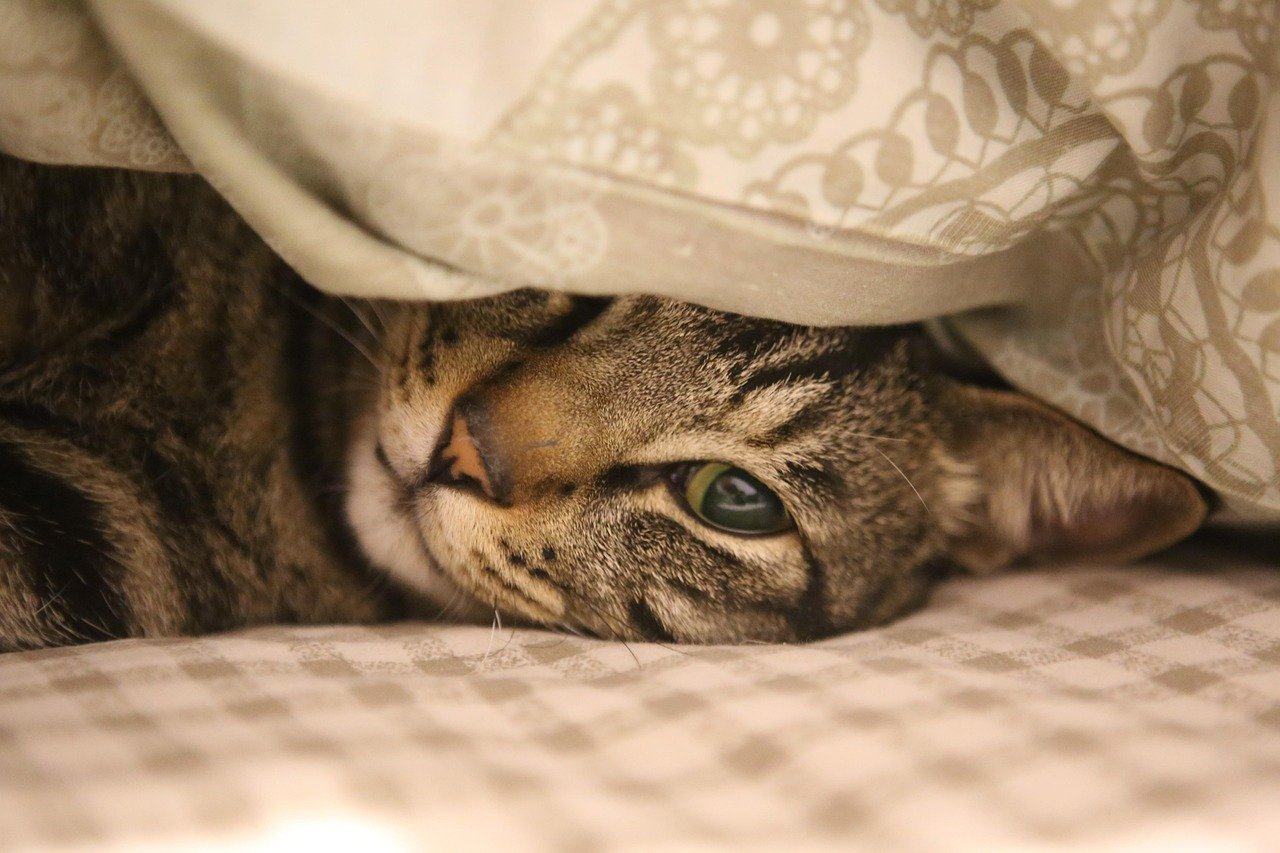
Sometimes life throws a curveball—moving, illness, or other major changes can shake your cat’s world. When this happens, return to your routine as quickly as possible. Offer extra comfort and patience, and reintroduce familiar rituals to help your cat regain their sense of security. It may take time, but with consistency and love, your cat will find their footing again. Remember, trust is built in small, everyday moments, especially after tough times.
Creating Morning and Evening Rituals
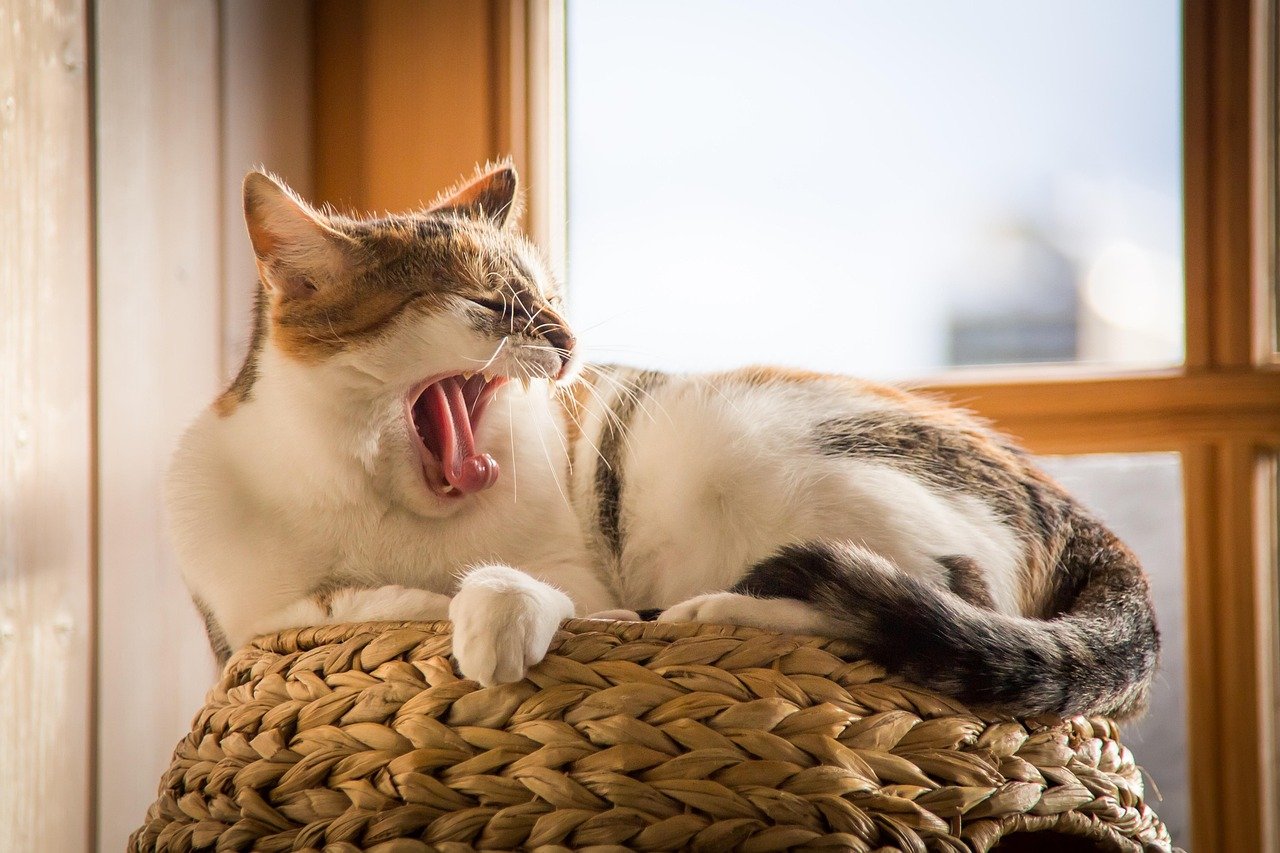
Morning and evening are natural anchor points in your cat’s day. Start the morning with a gentle greeting, breakfast, and playtime. In the evening, wind down with grooming, cuddles, or a favorite treat. These bookends help your cat anticipate what comes next and settle into a comforting rhythm. Over time, these rituals become the highlights of your cat’s day—and yours, too. There’s something magical about starting and ending each day with your furry friend by your side.
Making Use of Scent and Familiar Objects
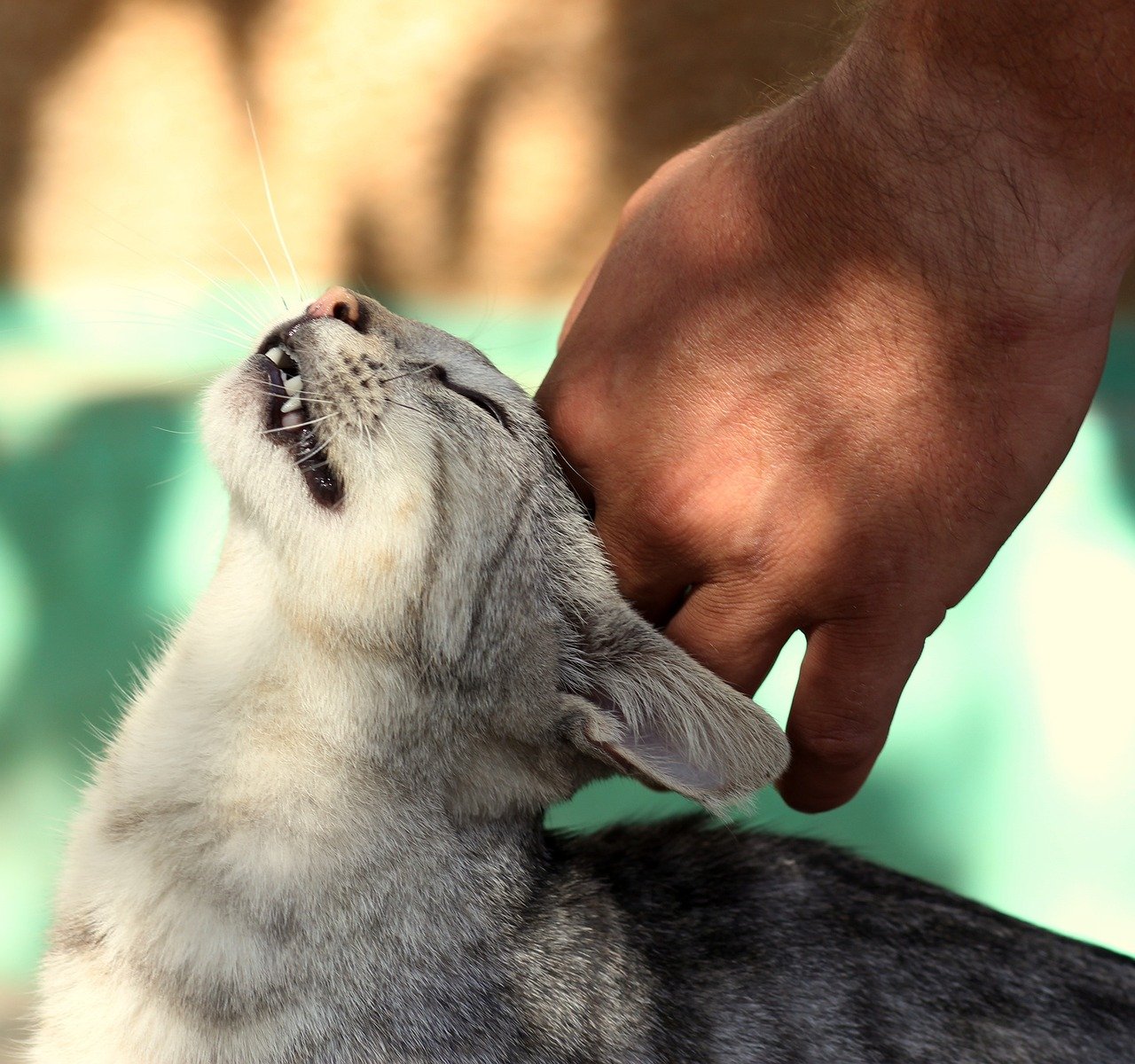
Cats rely heavily on scent to feel secure. Familiar smells—from their bed, blanket, or even your clothing—can be soothing. Avoid washing their favorite items too often, as this can remove comforting scents. If you bring in new objects or people, introduce them gradually and allow your cat to investigate at their own pace. You can also use synthetic pheromone sprays to help create a calming environment. Scent is like an invisible hug for your cat, wrapping them in reassurance every day.
Adjusting to Life Changes Without Losing Routine

Major life changes, like a new job or a new baby, can disrupt your cat’s routine. Try to keep their key rituals—meals, play, sleep—as consistent as possible. If you need to adjust times, do so gradually, moving in small increments. Provide extra comfort and reassurance during transitions. Your cat will notice your efforts to maintain their routine, and it will help them adapt more smoothly. Change is inevitable, but a stable routine can be your cat’s lifeline through it all.
Celebrating Special Moments and Milestones

Don’t forget to celebrate your cat’s milestones—birthdays, adoption anniversaries, or even just a good day. Special treats, new toys, or extra playtime can make these moments memorable. Incorporate these celebrations into your routine so your cat knows what to expect. These joyful rituals not only make your cat feel loved, they bring a sense of excitement and anticipation to both of your lives. Every day with your cat is worth celebrating, but a little extra attention now and then goes a long way.
Sticking With It: The Power of Patience and Consistency
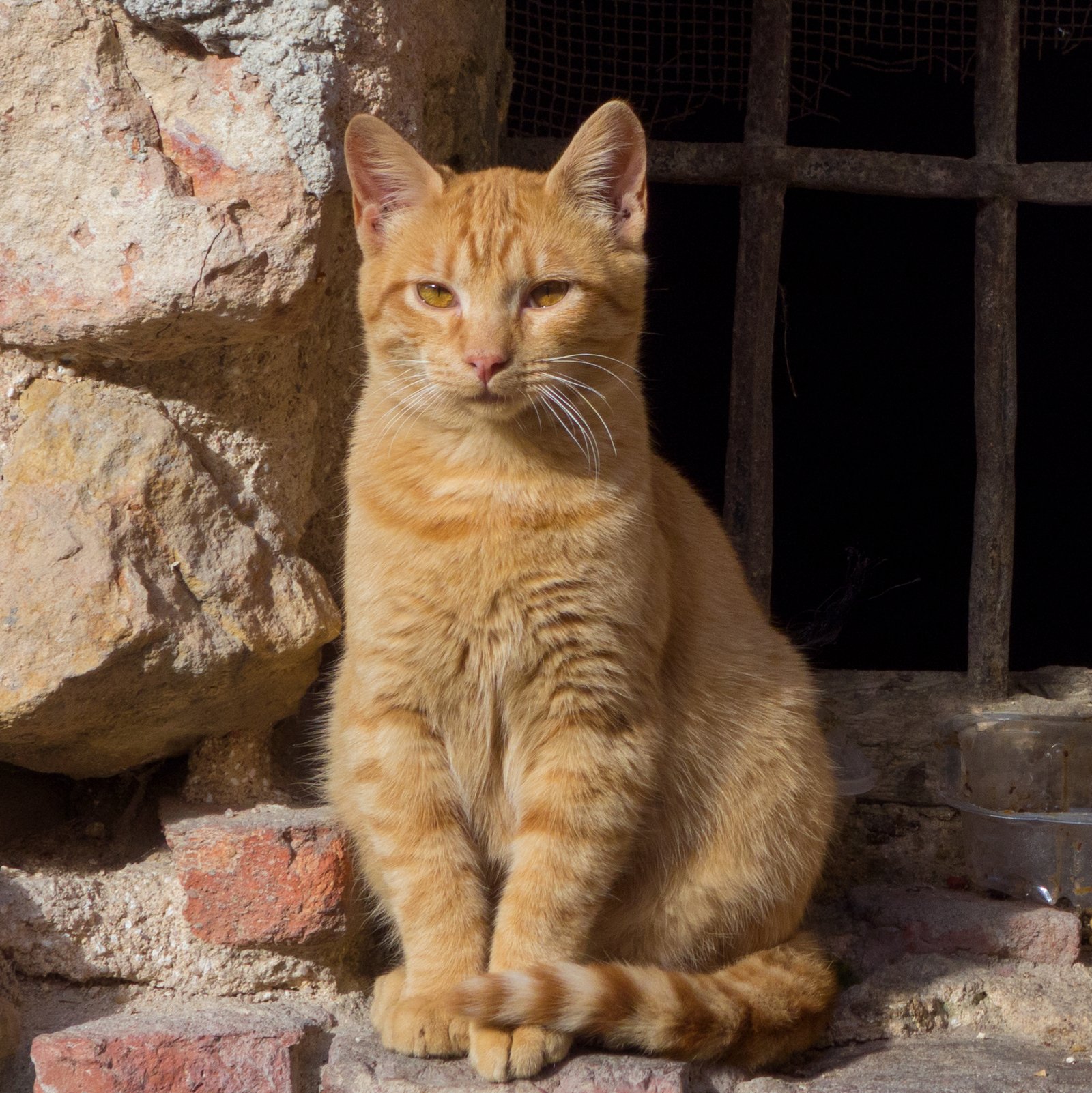
Creating a routine isn’t about perfection—it’s about showing up for your cat, day after day. Some days will be smoother than others, and that’s okay. The key is patience and consistency, even when life gets busy. Over time, the routines you build will become second nature to both you and your cat. The sense of security you create will be reflected in your cat’s relaxed posture, happy purrs, and loving gaze. Isn’t it amazing how such simple habits can shape the happiest, most secure version of your feline friend?
Hi, I’m Bola, a passionate writer and creative strategist with a knack for crafting compelling content that educates, inspires, and connects. Over the years, I’ve honed my skills across various writing fields, including content creation, copywriting, online course development, and video scriptwriting.
When I’m not at my desk, you’ll find me exploring new ideas, reading books, or brainstorming creative ways to solve challenges. I believe that words have the power to transform, and I’m here to help you leverage that power for success.
Thanks for stopping by, Keep coming to this website to checkout new articles form me. You’d always love it!






